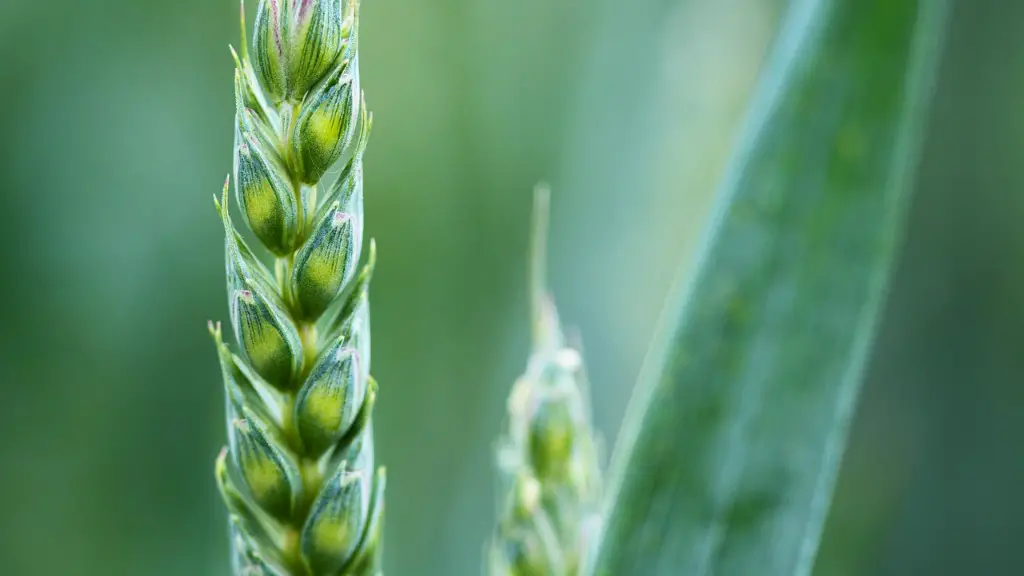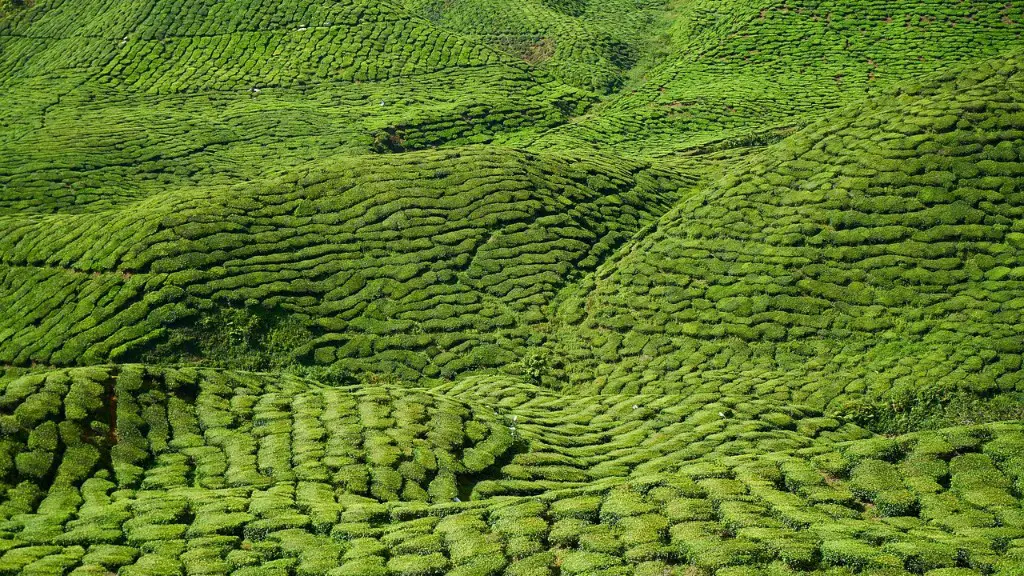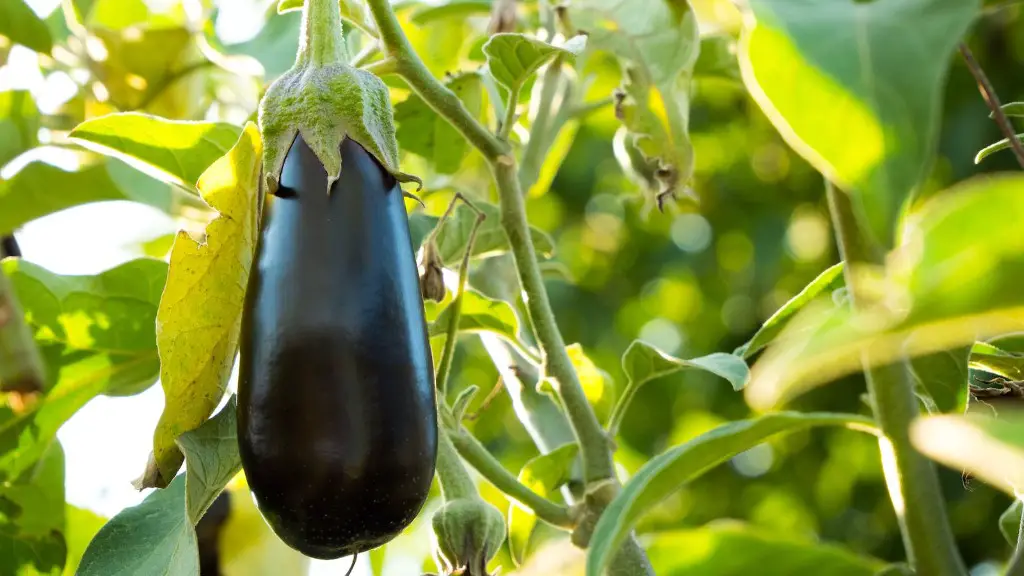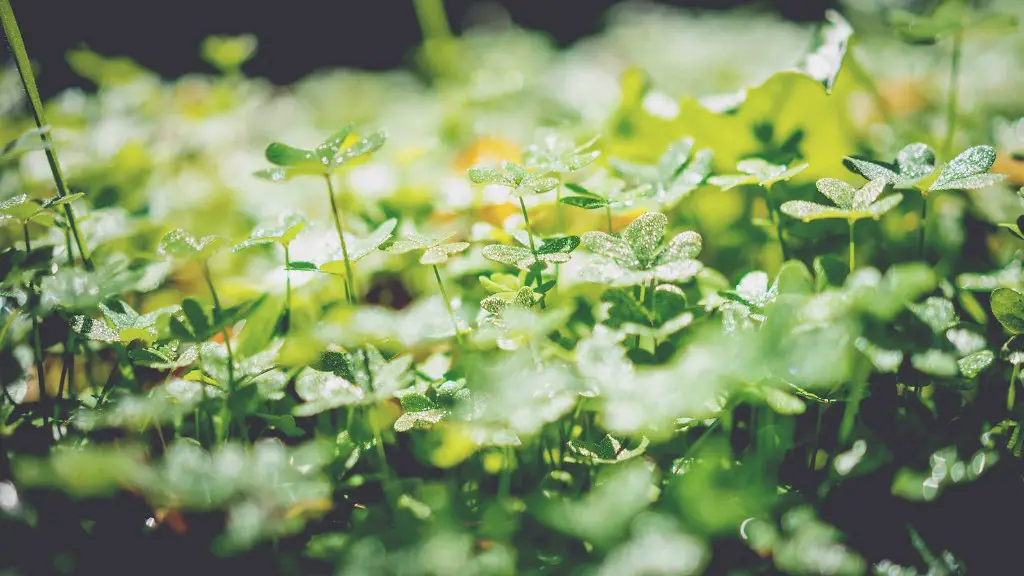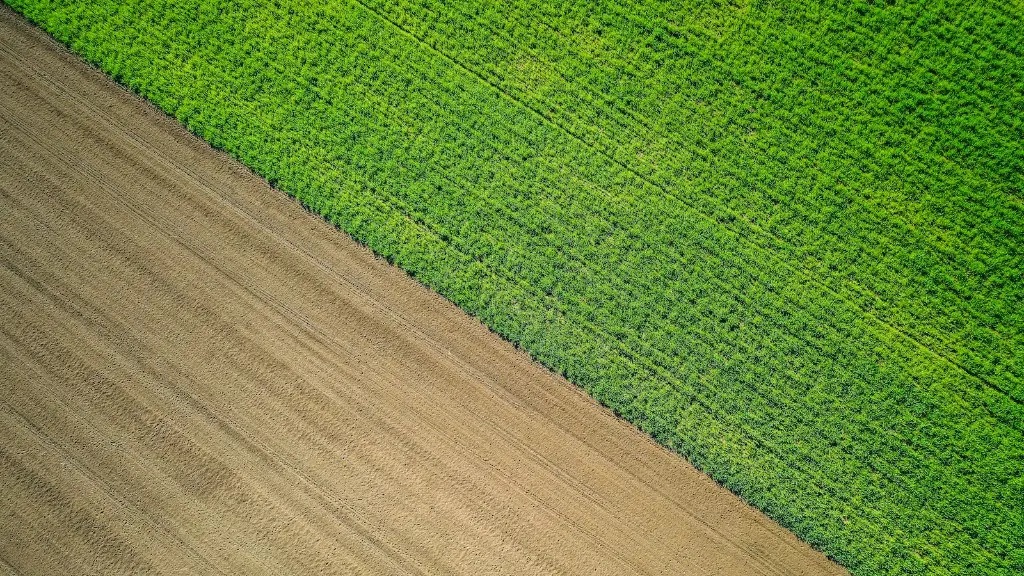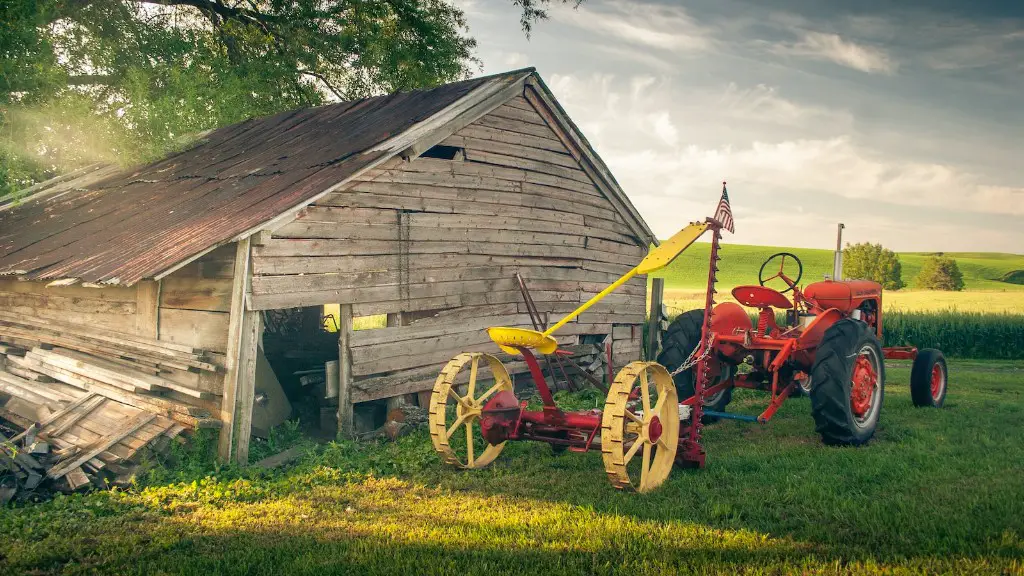Animal agriculture is a major source of greenhouse gases. It produces methane from decomposing organic matter, and nitrous oxide from manure management. Cattle and other ruminant animals produce methane as they digest their food. This gas is then released into the atmosphere. Manure management also produces nitrous oxide, which is a powerful greenhouse gas. Animal agriculture creates greenhouse gases that contribute to climate change.
Animal agriculture, or the raising of animals for food, accounts for 14.5 percent of global greenhouse gas emissions, according to a report published in the journal Science. That’s more than the entire transportation sector.
The main greenhouse gases emitted by animal agriculture are methane and nitrous oxide. Methane is produced by cattle, buffalo, sheep, and goats during digestion, and nitrous oxide comes from animal manure.
How does animal agriculture contribute to the greenhouse effect?
Animal agriculture is responsible for a significant amount of greenhouse gas emissions. Nitrous oxide, which has a global warming impact 296 times greater than carbon dioxide, is produced by animal agriculture. Additionally, raising livestock for human consumption generates nearly 15% of total global greenhouse gas emissions. These emissions are greater than all the transportation emissions combined. Animal agriculture is therefore a major contributor to climate change.
AGRICULTURE IS RESPONSIBLE FOR ABOUT HALF OF GLOBAL METHANE EMISSIONS
Methane is a powerful greenhouse gas, and agricultural activities are a major source of methane emissions. Agriculture is responsible for about half of global methane emissions, with livestock and rice production being the dominant sources.
Tropical deforestation is also a major source of agricultural greenhouse gases, particularly carbon dioxide (CO2). Deforestation releases large amounts of CO2 into the atmosphere, which contributes to climate change.
Fertilizing or burning croplands also emits large amounts of nitrous oxide (N2O), another potent greenhouse gas. N2O emissions from agriculture account for a significant portion of global N2O emissions.
Reducing agricultural greenhouse gas emissions is essential for slowing the rate of climate change. There are a number of ways to do this, including reducing deforestation, improving livestock management, and reducing fertilizer use.
How much does animal agriculture contribute to greenhouse gases
The scientific consensus is that animal agriculture is responsible for at least 165% of global greenhouse gas emissions and causes significant environmental degradation, from biodiversity loss to deforestation. This is a major problem that needs to be addressed urgently.
Livestock production contributes a significant amount of greenhouse gas emissions, primarily in the form of methane and nitrous oxide. Enteric fermentation from livestock results in 62 Gt of CO2 equivalents, which is equivalent to 44% of global emissions. This highlights the need for measures to reduce emissions from livestock production, in order to mitigate the impact of climate change.
Is animal agriculture harmful to the environment?
Animal agriculture is a leading cause of greenhouse gas emissions, water and air pollution, and biodiversity loss. Animal agriculture is the second largest contributor to human-made greenhouse gas emissions after fossil fuels. Animal agriculture is a leading cause of deforestation, water pollution, and air pollution. Animal agriculture is a leading cause of biodiversity loss.
The livestock industry is responsible for a large percentage of global greenhouse gas emissions. This is due to the emission of large amounts of methane and nitrous oxide, which both result in greater global warming than carbon dioxide per gram of gas released.
Which greenhouse gas is most associated with agriculture?
It is important to note that while carbon dioxide (CO2) emissions from agricultural activities are relatively low, other greenhouse gases such as nitrous oxide (N2O) and methane (CH4) can have a significant impact on climate change. Agricultural practices that lead to emissions of these gases, such as livestock production and rice cultivation, need to be addressed in order to mitigate the impact of agriculture on climate change.
Rice, wheat, and sugar cane are the top three contributors to greenhouse gas emissions from the food sector. Rice is the largest contributor, producing 12 percent of the total emissions, followed by wheat (5 percent) and sugar cane (2 percent). These crops are responsible for a large share of the sector’s emissions because they are widely grown and consumed around the world.
What is the largest contributor to greenhouse gases
CO2 emissions are the main driver of climate change, accounting for about 76 percent of total greenhouse gas emissions. Methane, primarily from agriculture, contributes 16 percent of greenhouse gas emissions, and nitrous oxide, mostly from industry and agriculture, contributes 6 percent to global emissions. Reducing these emissions is critical to mitigating the effects of climate change.
Livestock supply chains are responsible for a significant portion of human-caused greenhouse gas emissions. In fact, they account for 71 gigatonnes (GT) of carbon dioxide equivalent (CO2-eq) per year, which is equivalent to 145 percent of all GHG emissions. The main sources of emissions are feed production and processing, and methane from ruminants’ digestion. Reducing emissions from livestock supply chains is therefore crucial for mitigating climate change.
How does livestock farming contribute to global warming?
Livestock paw print on climate change
Livestock are often overlooked as a key player in climate change. But the truth is, these animals contribute to climate change in a big way – both directly and indirectly.
Let’s start with the direct contribution. Livestock emit greenhouse gases – like methane and carbon dioxide – through their breath and manure. In fact, methane emissions from cows and other livestock account for nearly 15% of all human-caused methane emissions.
And the indirect contribution is just as significant. For example, land clearing for pasture and feed crops is a major driver of deforestation – which releases even more greenhouse gases into the atmosphere.
So, there’s no denying it – livestock play a significant role in climate change. But there are things we can do to minimize their impact. For example, better management of grazing land and manure can help to reduce methane emissions. And supporting sustainable forestry practices can help to limit the amount of land clearing for pasture and feed crops.
Ultimately, we need to find a way to sustainably produce food for a growing population – without wrecking our planet in the process. And that’s going to take a concerted effort from all of us.
The livestock sector is a significant contributor to greenhouse gas emissions, and is estimated to account for around 15% of global emissions. This is largely due to the methane produced by livestock, which is a potent greenhouse gas. The transport sector is also a significant contributor to greenhouse gas emissions, and is responsible for around the same amount of emissions as the livestock sector.
What greenhouse gas emissions are from animal waste
Livestock manure can be a significant source of greenhouse gas emissions, specifically methane and nitrous oxide. These gases are produced when the manure breaks down under anaerobic conditions.
There are a few ways to manage manure in order to reduce these emissions. One is to ensure that the manure is properly aerated, which will prevent the formation of methane. Another is to use the manure as fertilizer, which will help to nitrify the nitrogen and reduce the formation of nitrous oxide.
It is estimated that the meat industry is responsible for 14.5% of global greenhouse gas emissions, making it one of the largest sources of GHGs. The world’s demand for meat is expected to double by 2050, which would result in a significant increase in GHG emissions from the meat industry. The livestock sector is also a leading causal factor in the loss of biodiversity, as it is responsible for the conversion of natural habitats to pasture and feedcrops. In developed and emerging countries, the livestock sector is the leading source of water pollution, due to the large volumes of manure and wastewater produced.
What is the major problem faced by animal agriculture?
Livestock production is a significant contributor to global environmental issues. The main environmental problems that impact livestock production include:
-Global warming: livestock production is a major source of greenhouse gas emissions.
-Tropical deforestation: livestock production is a leading cause of tropical deforestation, as grazing animals and crops grown for animal feed require large amounts of land.
-Water-use issues: livestock production is a major user of water resources, both for drinking and for irrigation.
-Rangelands and desertification: overgrazing of livestock can lead to degradation of rangelands and desertification.
-Livestock-wildlife interactions: competition for resources between livestock and wildlife can lead to conflict and negative impacts on both groups.
Livestock emissions are a significant source of environmental pollution. Ammonia and methane emissions from livestock contribute to acid rain and acidification of ecosystems. These emissions also contribute to global warming.
Warp Up
Animal agriculture produces greenhouse gases through the production of methane and nitrous oxide. Methane is produced by the decomposition of organic matter in the animal’s digestive system, while nitrous oxide is produced through the animal’s urine and manure.
Animal agriculture produces greenhouse gases in a number of ways. The most significant way is through methane emissions from livestock and their manure. Methane is a powerful greenhouse gas, and livestock account for about 60% of global methane emissions. Other ways animal agriculture contributes to greenhouse gas emissions include deforestation for pasture and feedcrops, soil erosion, and the use of fossil fuels for feed production, transportation, and other inputs.
